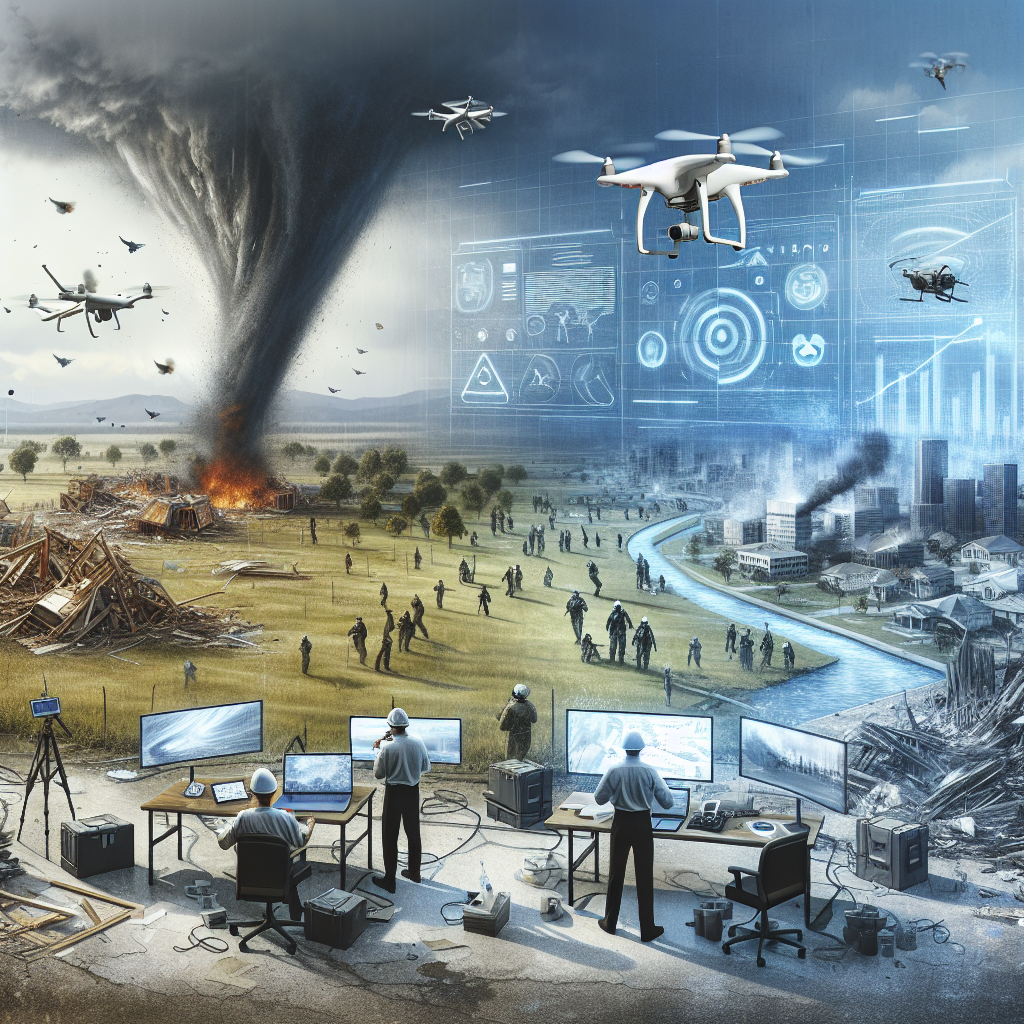In today’s digital age, technology plays a crucial role in disaster recovery efforts. From natural disasters like hurricanes and earthquakes to man-made events such as cyber-attacks and data breaches, organizations must be prepared to quickly recover and resume operations in the event of a crisis. Leveraging the right technology tools can help facilitate a faster and more efficient recovery process.
One of the key benefits of technology in disaster recovery is the ability to automate and streamline key processes. This can include everything from data backup and recovery to communication and collaboration tools that allow teams to stay connected and coordinate response efforts. By automating these processes, organizations can reduce the time and resources required to recover from a disaster, minimizing downtime and getting back up and running more quickly.
Cloud computing is another technology tool that has revolutionized disaster recovery efforts. By storing data and applications in the cloud, organizations can quickly access and recover critical information in the event of a disaster. Cloud-based disaster recovery solutions also offer scalability and flexibility, allowing organizations to easily adjust resources as needed during a crisis.
Virtualization technology is also a valuable tool in disaster recovery efforts. By creating virtual replicas of servers and applications, organizations can quickly spin up backup systems in the event of a failure. This can help minimize downtime and ensure that critical systems and applications are available when needed.
Another important aspect of technology in disaster recovery is the use of data analytics and artificial intelligence. These tools can help organizations quickly assess the impact of a disaster, identify areas that require immediate attention, and prioritize recovery efforts. By leveraging these technologies, organizations can make more informed decisions and allocate resources more effectively during a crisis.
Communication tools are also essential in disaster recovery efforts. From email and instant messaging to video conferencing and collaboration platforms, technology enables teams to stay connected and coordinate response efforts in real-time. This can help ensure that all stakeholders are informed and able to work together to address the challenges posed by a disaster.
Overall, technology plays a critical role in disaster recovery efforts by enabling organizations to automate processes, access critical data and applications, and communicate effectively during a crisis. By leveraging the right technology tools, organizations can facilitate a faster and more efficient recovery process, minimizing downtime and getting back to business as usual as quickly as possible.

Leave a Reply
You must be logged in to post a comment.